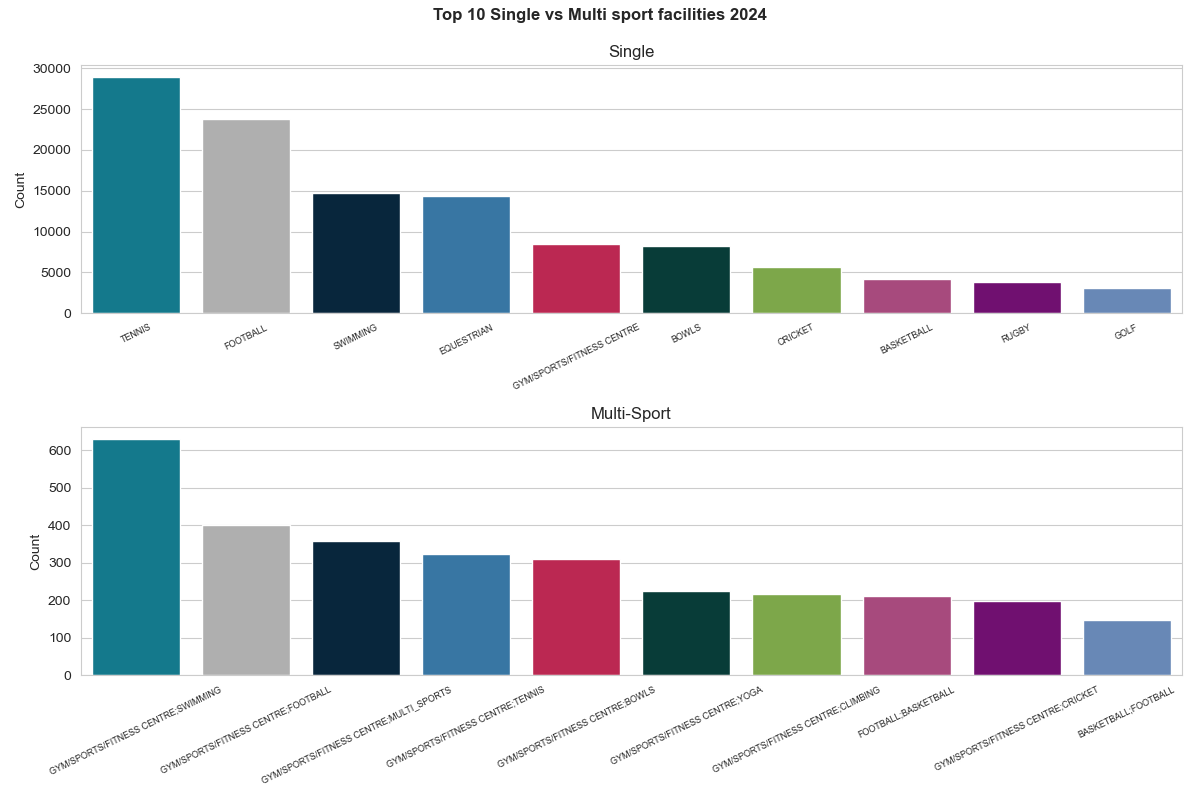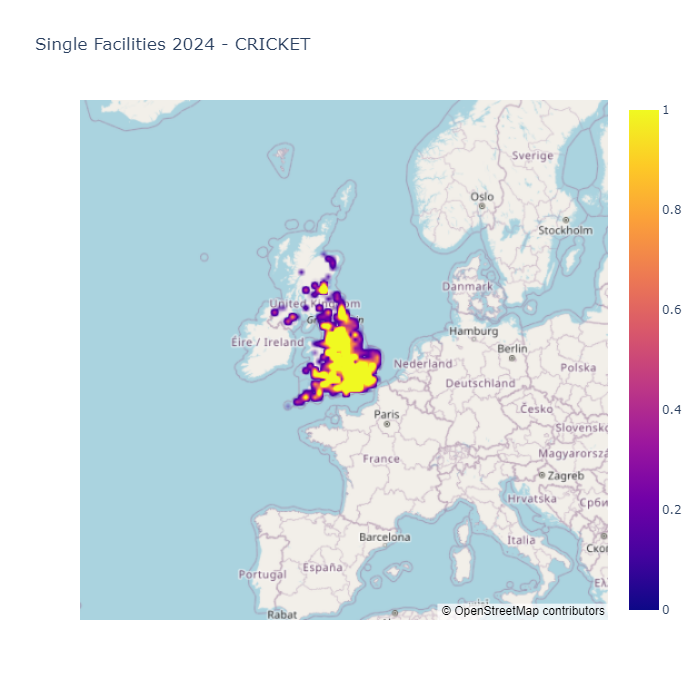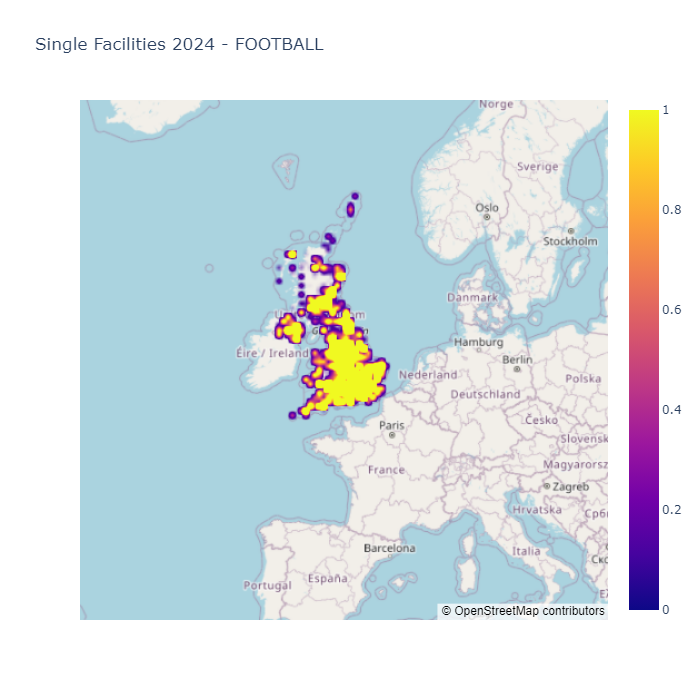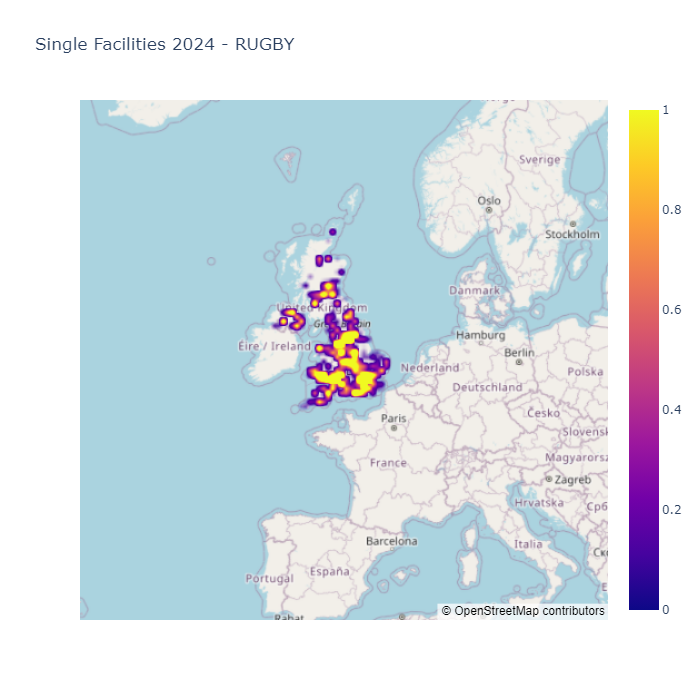Chasing Gold: Exploring the UK's Premier Olympic Sport Facilities
26th July 2024
Today, on the 26th of July, the 2024 Paris Olympic Games will officially commence, welcoming almost 11,000 athletes from 196 nations across the world, followed by the Paralympics with over 4,000 competitors. Some forecasts suggest this summer’s Olympics could be one of team GB’s most successful yet, with 66 medals total! Grassroots sports facilities that introduce sports to individuals and maintain healthy participation in them are vital for team GBs continual Olympic success. At GMAP we used our LeisureVision dataset to investigate the distribution of these facilities and makeup in 2024, separating the single sport facilities such as tennis courts from the multipurpose facilities such as sports centres with swimming pools and gyms attached.
At GMAP, we utilized our LeisureVision dataset to investigate the distribution and composition of these facilities in 2024. We categorized the facilities into single-sport venues, such as tennis courts, and multipurpose centres, such as sports complexes that include swimming pools and gyms.
Distribution of our Single and Multi-Sport Facilities

The Makeup of the UK's Sports Facilities

Distribution of the UK's most famous sports
Cricket

Swimming

Football

Rugby





